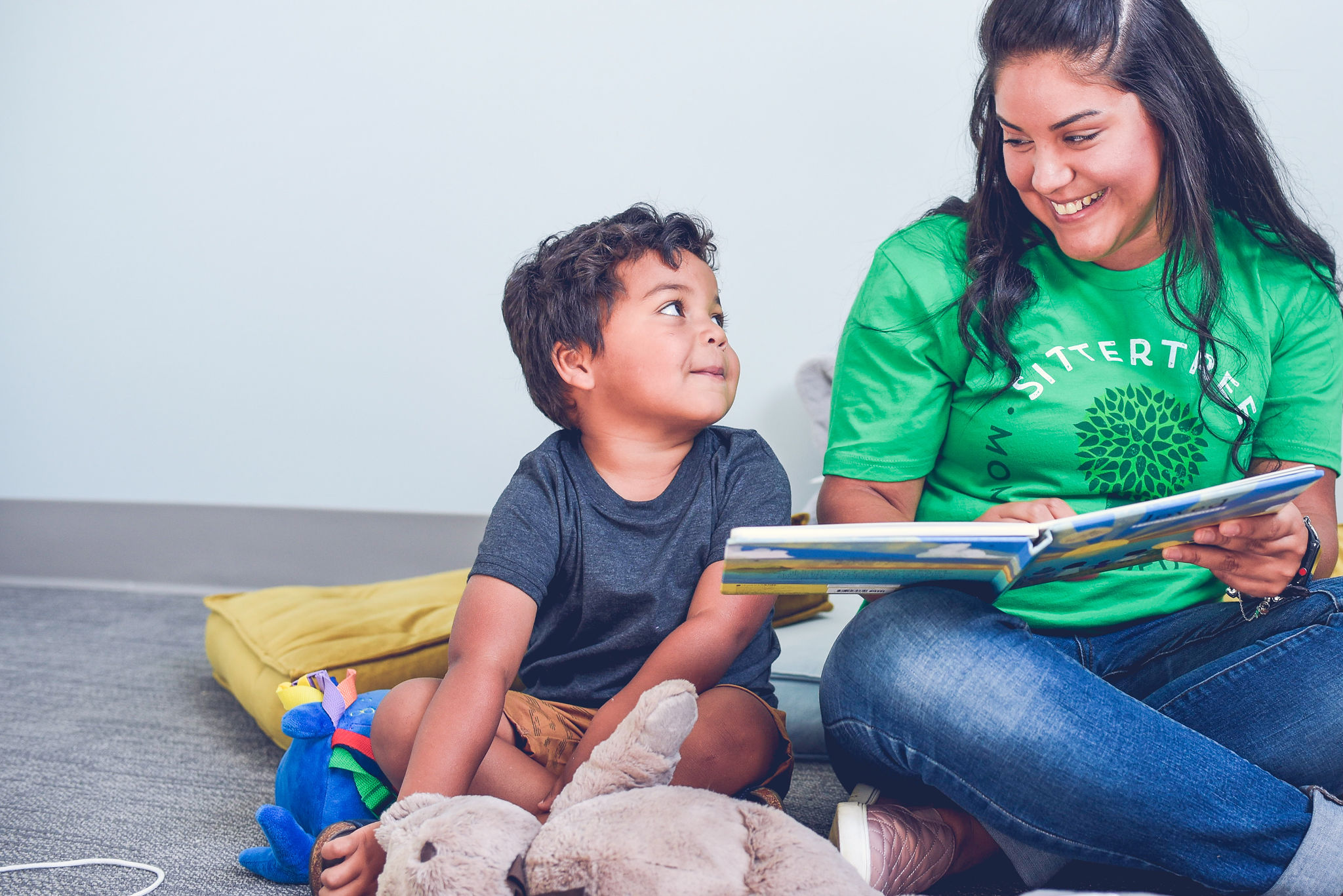Tiny cells in the brain that act like internal mirrors give us the capacity to copy actions and behaviors as well as feel or empathize with other people’s emotions.
Tell Me More
When I reach for something or feel something, my brain is activated. When I see you reach for something or feel something, my brain also becomes activated. This is because we have cells in our brains, known as mirror neurons, which allow us to copy movements and to feel what others feel.
Copying others is the first form of learning. Connections between mirror neurons and brain centers for movement, sensation, memory, behavior, and emotion support not only traditional modes of learning but also emotional maturation and psychological coping strategies.
Though mirror neurons are present from birth, they become wired to different parts of the brain at specific times throughout early childhood and adolescence. Babies can imitate facial expressions – an early form of empathy. Older children develop more thoughtful components of empathy, invoking problem-solving skills, self-regulation, and self-reflection – all critical underpinnings of solid coping strategies. Recent work shows that some stroke patients and many children with autism often have abnormalities in mirror neuron areas and are therefore not able to fully imitate behaviors and emotions.
So What?
As a parent or caregiver, knowing about the existence and function of our mirroring systems can foster a better understanding of temperament, emotion, and coping strategies during the early years, and may help to explain why changes occur. It also helps to understand, for example, why a young child may simply not be able to understand why they have angered or disappointed you or be fully able to anticipate the emotional consequences of their actions.
Keep in mind your child’s developmental stage – it may be helpful to remember during challenging episodes that young children will most likely prioritize how you say something – meaning your tone of voice or facial expression – over WHAT you say, as they simply don’t yet have the capacity to override this instinct.
When caring for older toddlers and preschoolers, modeling coping strategies, such as verbally breaking down a problem into component parts and tackling each part separately, prompting a child to reflect on how well past treatment of a similar problem worked, or even by staging a recurrent, emotionally challenging situation in an imaginary play setting, can be helpful for many families.
A note about the author:
Dr. Randa Grob-Zakhary, MD Ph.D. is the Founder of The Babyboost Institute for Early Learning and Development. Want more tips? Purchase Babyboost: 50 Critical Facts on Amazon.


